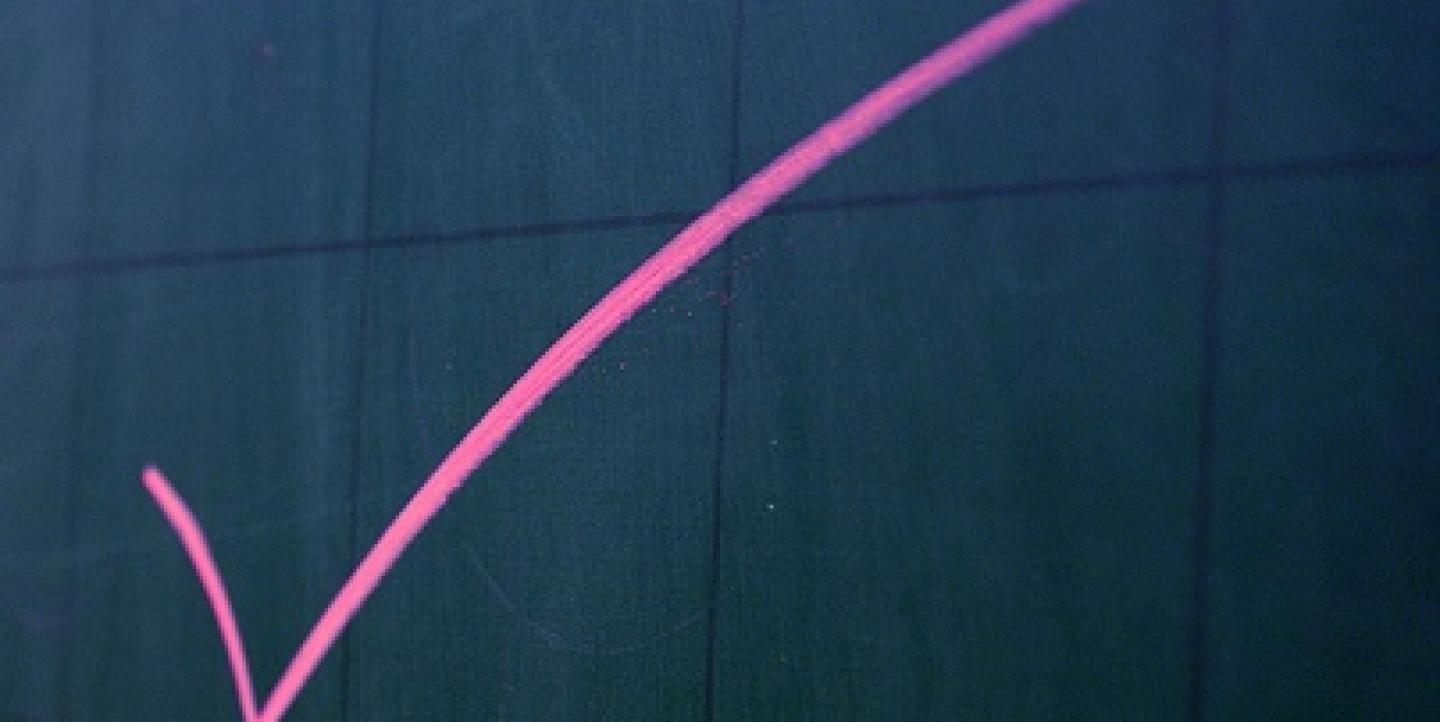Every minute, YouTube gets 72 more hours of video footage, Twitter receives 100,000 new tweets and Facebook gets 700,000 more comments. How much of that content is useful for journalists?
Only about 1 percent, said Claire Wardle, director of news services for social media news agency Storyful, in a recent IJNet Live chat. Storyful collects eyewitness footage from the social Web and verifies it for news organizations.
"We always say that every news event creates a community, and we want to tap into that community to find out who is on the ground and what did they see," said Wardle, who has trained more than 3,000 journalists on verification practices.
Here are some of Wardle's best verification tips:
Cross-reference everything. Use Google Maps and satellite imagery to check the location of a video and find identical landmarks or features. Check weather reports against other videos uploaded on the same day in the region.
Verify social media users by looking at what they have uploaded in the past and where they claim to be located on their social accounts. When verifying across languages, check with sources on the ground to ensure that dialects match the claimed location.
"Verification is a bit like hunting clues in a police investigation,” Wardle says. “We're piecing together the different clues to ensure we have as much information as possible about the video and the person who uploaded it."
You don’t need expensive tools or a slew of resources to carry out this critical process. “It's less about needing the newsroom,” Wardle says. “It's more about knowing which tools to use to verify content and which questions to ask about the content.”
Ensure originality. To avoid sharing a scraped video (an old video that’s been uploaded anew), check for the video’s unique identifier.
“Every YouTube video has one. So with this video, the unique identifier is TuEC8rtQLA8," she says. "If you put that into Twitter and Facebook, you can check to see when the first versions of the video were talked about.”
Wardle also suggests running the thumbnail of the video through a reverse image search to rule out any duplicates.
Use Tineye and Google reverse image search to ensure pictures haven’t been used elsewhere. Wardle also suggests checking a picture’s metadata, using either Flickr or Jeffrey's Exif viewer to determine location, the type of camera used, the date it was taken and other features. These are all tools available for free use.
Contact the source. Storyful uses a standard script to ask social media users for permission for news outlets to use their content, though Wardle admits the language should be flexible enough to include special cases.
“What does it mean if news organizations want to use the same footage in an end-of-year review, or if a documentary maker wants to use it, or what happens if a news organization wants to syndicate content to partners?” she asked. “There are so many different ways people are using content, we need a Creative Commons license, like Flickr uses so well, for video sites like YouTube.”
Don’t let the platform seduce you. Wardle points to the race for the scoop as the biggest mistake journalists make verifying social media content. To beat a deadline, journalists will share a juicy picture or tidbit of news before checking its authenticity.
“If it's too good to be true, it probably is. And I think we're too desperate to retweet the amazing picture, or fact, and it's not because people are stupid or lazy, it's just [that] it's so tempting to hit send,” she says. “It becomes an adrenaline rush during breaking news events, and that's what is so worrying. It's not that people don't know to check, it's just that the platforms are so seductive.”
Image CC-licensed on Flickr via kkirugi.

